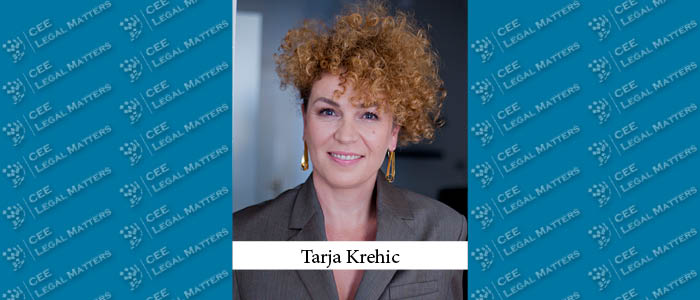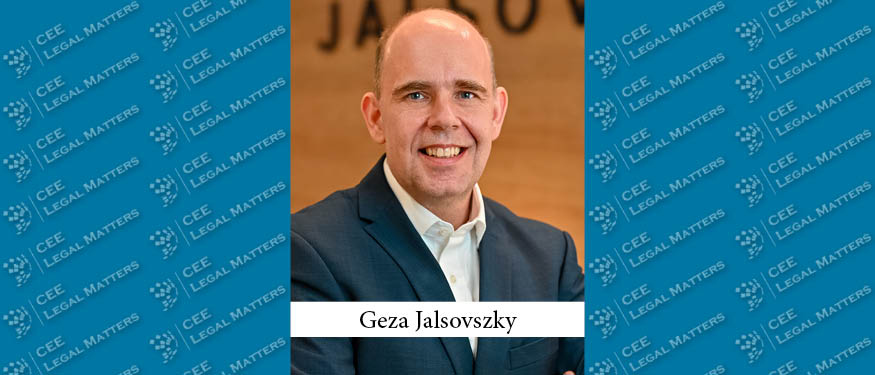There are few healthcare reforms that could be called revolutionary. Even fewer have been initiated in the courtroom. Case C-412/23 could be one of those rare cases. On July 5, 2023, the European Commission brought an action against the Slovak Republic for allegedly infringing Directive 2011/7 on combating late payment in commercial transactions by continuously failing in 2015, 2016, 2017, and from 2018 onward to ensure that public entities providing healthcare pay their commercial debts within a maximum period of 60 calendar days.
In early 2023, the Czech Competition Authority published a lengthy report on its sectoral investigation into the distribution of pharmaceuticals. The main issue was whether distribution models in which manufacturers or importers supply medicines directly to pharmacies and hospitals rather than through wholesalers are anti-competitive. The results of the investigation, while interesting, are not the subject of this article. What catches the curious reader’s eye is the graph in the investigation’s report, citing an IQVIA analysis, which shows that the prevalence of direct-to-pharmacy/direct-to-hospital (DTP/DTH) distribution has generally increased between 2018 and 2020: in the Czech Republic, from 6.5% to 7.2% of total pharmaceutical sales; in Austria, from 9.6% to 10.2%; in Poland, from 4.9% to 7.1%; and in Slovakia, from a meager 0.9% to a paltry 1.3%.
DTP/DTH distribution is popular because it is efficient. By controlling the supply chain, manufacturers and importers can negotiate prices directly with end customers, forecast and allocate volumes, prevent shortages, and ensure that products get to where they are needed (yes, I am talking about re-export). Wholesalers are not going out of business – just instead of earning a regulated mark-up as independent resellers, they are remunerated on commercial terms as providers of warehousing and logistics services. So why has DTP/DTH distribution not caught up in Slovakia? Do Slovak wholesalers offer a unique value that their counterparts in other countries do not? Indeed they do. This value is debt holding.
According to 2023 data, the total debt of public hospitals in Slovakia has reached a hellish EUR 666 million. Of this, the largest university hospital in Bratislava owes EUR 207 million, the second largest in Kosice EUR 114 million, and the third largest in Martin EUR 87 million. Creditors include the State Social Security Fund as well as suppliers of products and services. Payment for vital medical equipment supplied to hospitals can sometimes take an astonishing two years.
How did we get there? Some blame low payments from health insurance companies, others inefficiencies in hospital management. One thing is certain: debt is mounting and the government’s response has been notoriously ineffective. According to a decision by the Ministry of Health, state hospitals must include provisions in their supply contracts prohibiting suppliers from assigning their claims to third parties without the Ministry’s prior written consent. Suppliers are therefore stuck with their receivables, unable to transfer them to factoring companies or even use them as collateral. Under a controversial provision of the law, foreclosure of hospitals is only possible if the provision of health care is not jeopardized. A creditor can therefore obtain a judgment ordering a hospital to pay, but the hospital assets that a bailiff can sell to repay the debt are limited to non-essential items – perhaps chairs in the waiting room. In fact, one of Slovakia’s major hospitals is already facing foreclosure, and others are threatened with apparent legal action.
Creditors stuck with unenforceable and unassignable claims have had to resort to a desperate measure: hospital debt relief schemes. In 2018, creditors who waived default interest and offered fixed discounts on the principal were paid by the state. In order to secure a better position in the order of claims released by the state, creditors were encouraged to bid for further discounts from the principal. Then again at the end of 2018, and again in 2019, and 2022. In fact, the history of similar schemes dates back to 2000. Critics of the schemes claim that these extraordinary measures have become part of the business strategy: hospitals order products and services, do not pay for them (or pay with a huge delay), and when the situation becomes unbearable, the state comes to the rescue and pays the hospitals’ debts in exchange for discounts from creditors.
It is clear that a revolutionary reform of hospital financing is needed if Slovakia is not only to benefit from more efficient distribution models but also to avoid the potentially disastrous consequences of suppliers simply withdrawing from the market. The current case before the Court of Justice could be just the trigger the state needs.
By Marek Holka, Partner, Cechova & Partners
This article was originally published in Issue 11.3 of the CEE Legal Matters Magazine. If you would like to receive a hard copy of the magazine, you can subscribe here.
















